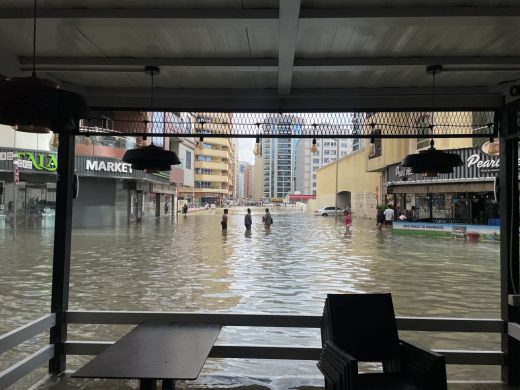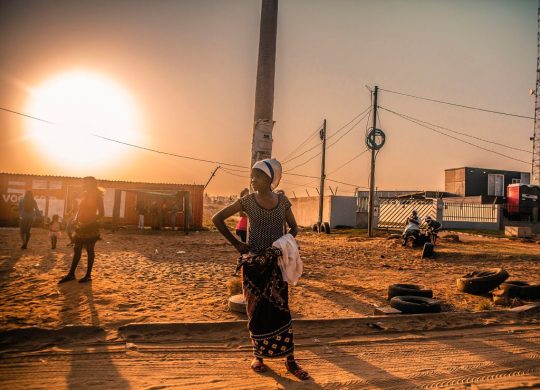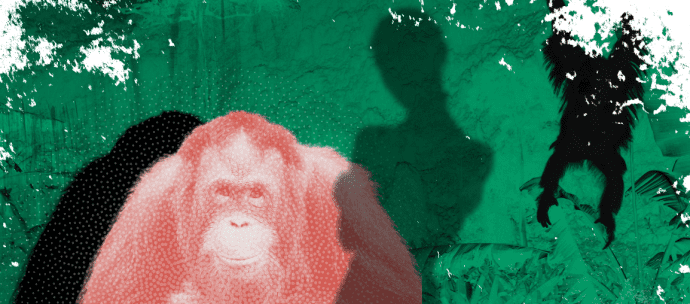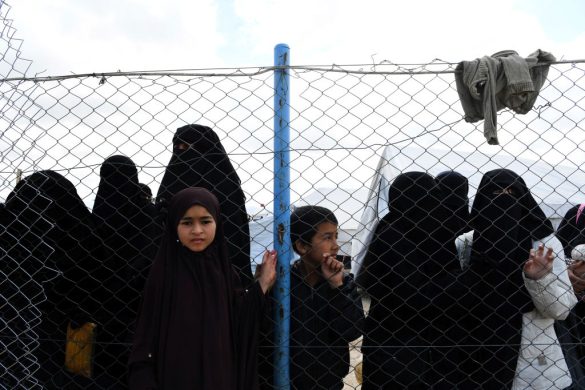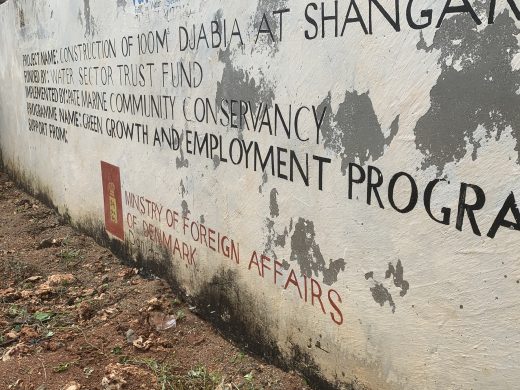Det beretter Mongabay fredag.
– A decline of somewhere between 78 and 81 percent in the park’s forest elephant (Loxodonta cyclotis) population over the span of just one decade was largely driven by poachers who crossed the border into Gabon from its neighbor to the north, Cameroon, according to a new study led by researchers with Duke University and published in the journal Current Biology this week.
“With nearly half of Central Africa’s estimated 100,000 forest elephants thought to live in Gabon, the loss of 25,000 elephants from this key sanctuary is a considerable setback for the preservation of the species,” John Poulsen, assistant professor of tropical ecology at Duke’s Nicholas School of the Environment and the lead author of the study, said in a statement.
Booming Asia demand
Thanks to booming consumer demand, particularly in Asia, wildlife trafficking operations are so militarized today that poachers are frequently armed with enough weaponry and other equipment to outgun local park rangers.
The most dangerous poachers in Africa are often employed by professional wildlife trafficking rings and have access to resources well beyond what was available to poachers during earlier crises, from financial support to military-grade equipment such as armored vehicles, helicopters, and machine guns.
City of Douale – major hub of ivory trade
The fact that Cameroon’s national road is so close to the park makes it relatively easy for poachers to slip into the park, make their illegal kills, and then transport elephant tusks back to Cameroon’s largest city, Douala, which has become a major hub of the international ivory trade.
Poached ivory makes its way into the illegal market very quickly. A September 2016 study found that as much as 90 percent of the elephant tusks seized in Africa comes from elephants killed within the past three years, as opposed to the illegal trade being fueled by older ivory leaking into the market, as was previously believed to be the case.
Læs hele artiklen hos Mongabay her.




